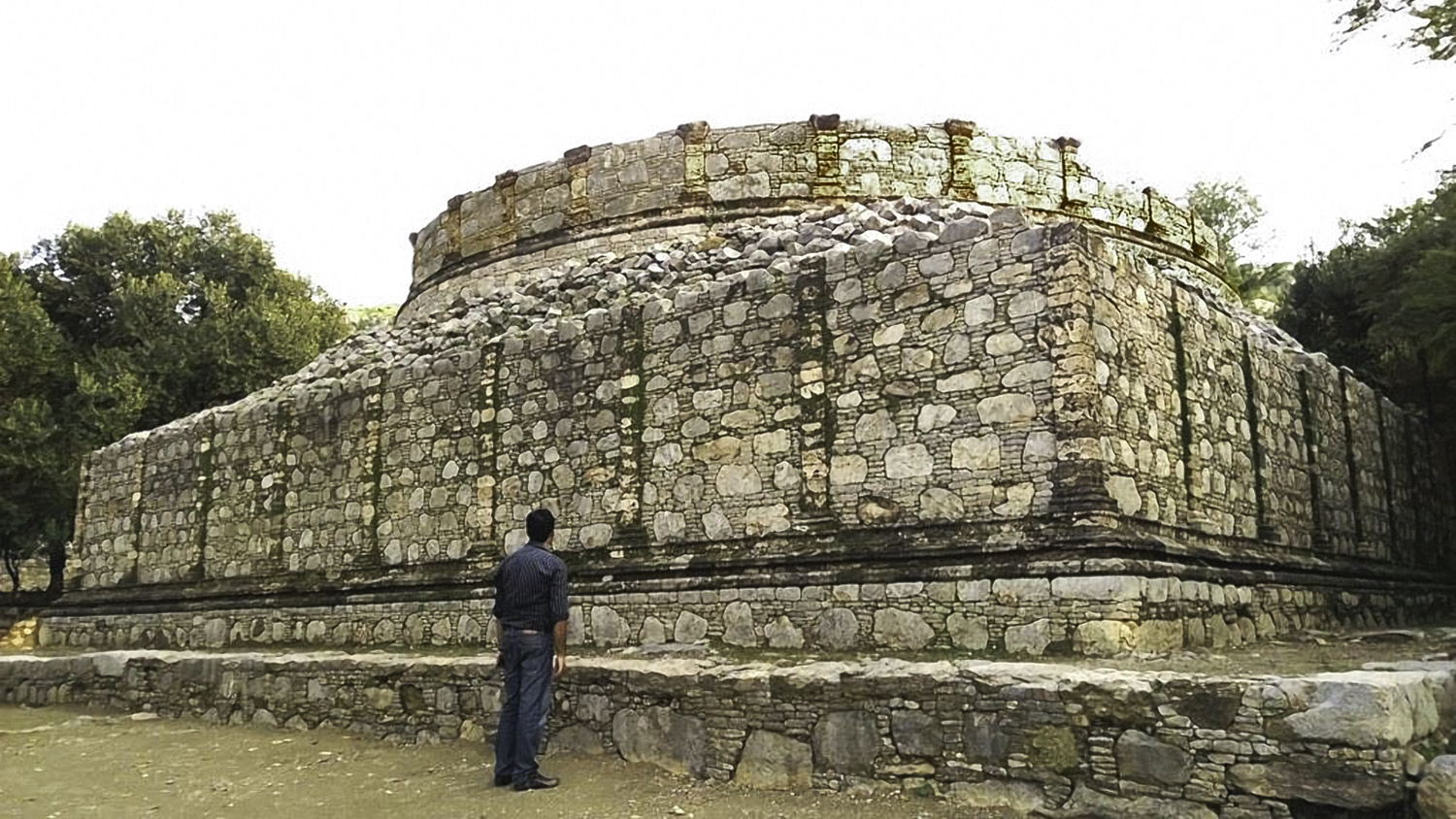Asia, often hailed as the birthplace of civilization, has a long and distinguished tradition of scholarship and intellectual pursuit. Long before the rise of Western universities, Asia was home to some of the world’s earliest centers of higher learning. These ancient institutions were more than places of education—they were spiritual centers, intellectual hubs, and catalysts for cultural exchange.
Takshashila, Pakistan

Situated in present-day Pakistan, Takshashila (or Taxila) is often regarded as the earliest recorded university in the world. Flourishing around the 5th century BCE, this ancient center attracted students from across Asia to study a wide range of subjects, including philosophy, medicine, mathematics, and military science.
Though it lacked a formal structure like modern universities, Takshashila functioned as a network of teachers and students under renowned scholars such as Chanakya and Panini. The influence of Takshashila spread far beyond its borders, contributing significantly to Indian and Central Asian intellectual history.
Nalanda, India

Nalanda University, located in present-day Bihar, India, rose to prominence around the 5th century CE during the Gupta Empire. Unlike Takshashila, Nalanda had a formal, residential campus with temples, classrooms, and dormitories for thousands of students and monks.
Specializing in Buddhist philosophy, logic, grammar, and medicine, Nalanda drew scholars from across Asia, particularly Tibet, China, Korea, and Southeast Asia. It reached its peak under the patronage of Emperor Harsha and was later visited by the famed Chinese monk Xuanzang. Its decline began in the 12th century following repeated Muslim invasions, but its legacy lives on.
Vikramashila, India

Founded in the late 8th century CE by King Dharmapala of the Pala dynasty in Bihar, Vikramashila University emerged as another major center of Buddhist learning. It was established as a response to perceived decline in the quality of scholarship at Nalanda and quickly gained renown for its strict academic discipline and advanced curriculum.
The university emphasized Vajrayana Buddhism and was instrumental in the transmission of Buddhist teachings to Tibet. Like Nalanda, Vikramashila was destroyed in the 12th century during the Islamic invasions of northern India.
Sharada Peeth, Kashmir

Nestled in what is now Pakistan-administered Kashmir, Sharada Peeth was an ancient center of learning dedicated to the goddess Saraswati, revered as the goddess of knowledge. Though its founding date is uncertain, it was flourishing by the 6th century CE.
It attracted scholars from across India and Central Asia and played a pivotal role in the development of Kashmir Shaivism and Sanskrit studies. Sharada Peeth is often described in ancient texts as one of the most prestigious seats of learning in the Indian subcontinent.
Somapura Mahavihara, Bangladesh

Established in the 8th century CE by the Pala dynasty in present-day Bangladesh, Somapura Mahavihara was one of the largest Buddhist monasteries in South Asia. It served both as a religious and educational institution, where scholars studied Buddhist philosophy, logic, and other classical Indian sciences.
The site, now a UNESCO World Heritage Site, reflects the architectural and cultural exchange between India and Southeast Asia and marks an important chapter in Asia’s educational history.
Nanjing University, China

Though many ancient Chinese academies existed, Nanjing University traces its roots to 258 CE, when the Imperial Nanking School was established. Over the centuries, it evolved through different dynastic periods and was officially reestablished as a modern university in the early 20th century.
Despite changes in structure and curriculum, Nanjing University’s enduring legacy makes it one of the oldest institutions of learning in China with a continuous tradition.
Tokyo University, Japan

While not ancient in the traditional sense, the University of Tokyo, founded in 1877, is the oldest modern university in Japan. It emerged during the Meiji Restoration, when Japan adopted Western educational models to modernize the nation. The institution has played a crucial role in Japan’s transformation into a global power and remains one of Asia’s leading research universities.
Aligarh Muslim University, India

Established in 1875 by Sir Syed Ahmed Khan, Aligarh Muslim University was originally founded as the Muhammadan Anglo-Oriental College. It aimed to combine Islamic education with Western sciences and literature. Though relatively younger than ancient institutions, its foundational philosophy reflects the long-standing tradition in Asia of synthesizing diverse intellectual traditions.



















